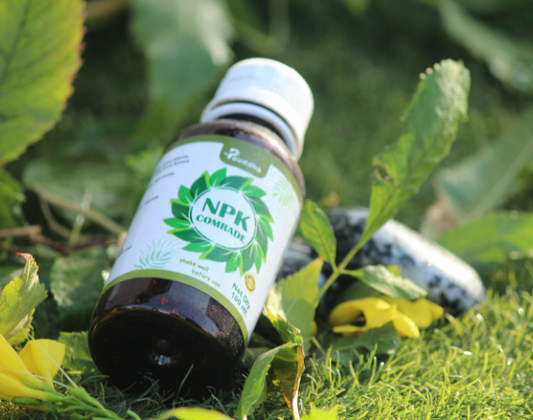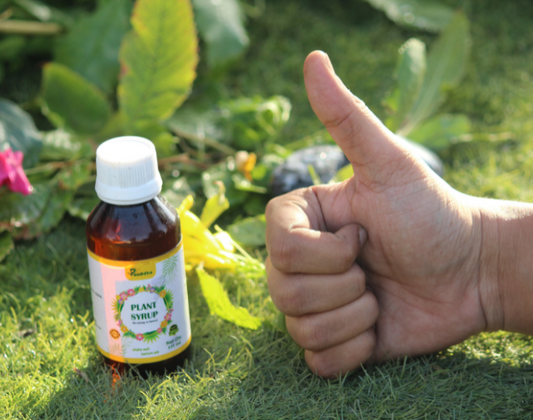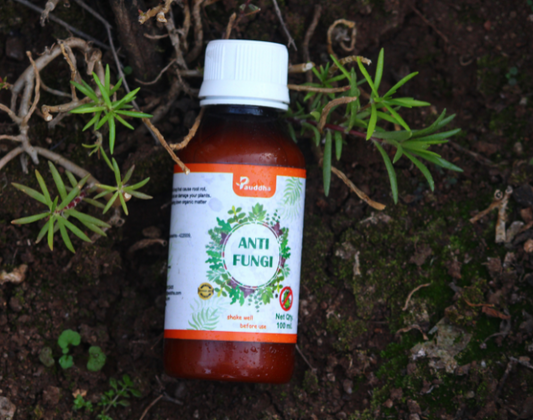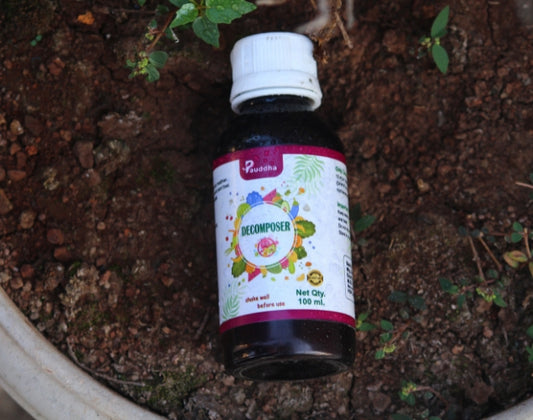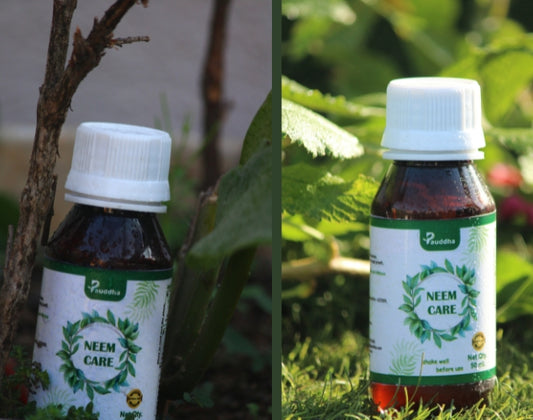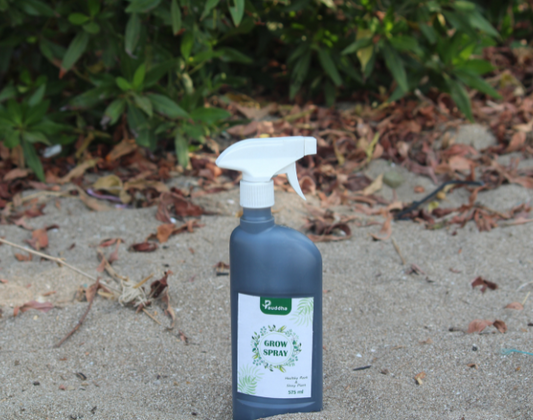Must-Have Products for Growing Plants
Root Care Solutions
Healthy roots anchor plants and absorb nutrients. Liquid root boosters enriched with humic acid improve soil structure and nutrient uptake, while organic mycorrhizal fungi strengthen root systems. These are especially useful for repotting or reviving plants after transplant shock.
Leaf Care
Leaves are the engines of photosynthesis. A gentle foliar spray cleans dust, adds micronutrients like iron and magnesium, and deters pests. Avoid chemical-laden shine products—opt for natural formulas that nourish without clogging pores.
NPK for Water and Nutrient
Overwatering is a common mistake. Soil moisture meters or self-watering pots help maintain balance. Pair with a balanced liquid fertilizer (N-P-K ratio tailored to your plant type) to prevent deficiencies.
Plant Care for Beginners – Start Here!
New to gardening? Success starts with mastering three fundamentals.
Light: Plants have unique preferences—succulents crave bright, direct sunlight, while ferns flourish in shaded corners. Place them wrong, and growth stalls.
Water: Overwatering drowns roots, while underwatering starves them. Check moisture by inserting your finger 1-2 inches into the soil; water only if it feels dry.
Feeding: Strong roots need nutrients, but too much fertilizer burns them. Start with half-strength liquid feeds monthly. For simplicity, consider an all-in-one tonic that blends essential nutrients with probiotics, easing the guesswork while promoting robust growth.
Caring for Sensitive Indoor Plants
Delicate plants like calatheas or orchids demand attentive care.
Humidity is critical—tropical natives wilt in dry air. Boost moisture by misting leaves twice weekly or placing pots on pebble-filled trays with water.
Dust-free leaves ensure maximum light absorption; gently wipe surfaces monthly with a soft, damp cloth, avoiding harsh chemicals.
Stable temperatures prevent stress—keep plants away from drafty windows, AC vents, or heaters. Sudden shifts cause leaf drop or stunted growth. Pair these steps with well-draining soil and indirect light to mimic their natural habitat.
Indoor vs. Outdoor Plant Care – Tailored Tips
Indoor Plant Challenges & Solutions
Indoor plants often battle low light, dry air, and limited space. For low-light areas, opt for species like snake plants or pothos, which thrive in indirect sunlight. Combat dry air with occasional misting or a humidifier, and rotate pots weekly to ensure even growth. Avoid overwatering—use a moisture meter to gauge soil needs accurately.
Outdoor Plant Challenges & Solutions
Outdoor plants face pests, weather extremes, and soil depletion. Protect them with organic pest repellents like neem oil, which deters aphids without harming beneficial insects. Mulch garden beds to retain moisture and regulate soil temperature. For nutrient-poor soil, amend with compost or slow-release granular fertilizers to replenish essential minerals.
Reviving Struggling Plants – A Step-by-Step Rescue Plan
-
Diagnose the Issue
Yellow leaves? Could be overwatering. Wilting? Check for root rot or underwatering. Stunted growth? Nutrient deficiency or poor light. -
Trim and Repot
Remove dead leaves and mushy roots. Repot in fresh, well-draining soil mixed with compost for a nutrient boost. -
Adjust Care Routine
Move the plant to its ideal light conditions, water sparingly, and apply a diluted liquid fertilizer to avoid shock.
Pro Tip: For root recovery, use a root-stimulating formula to encourage new growth. Most plants show improvement within 3-4 weeks.



